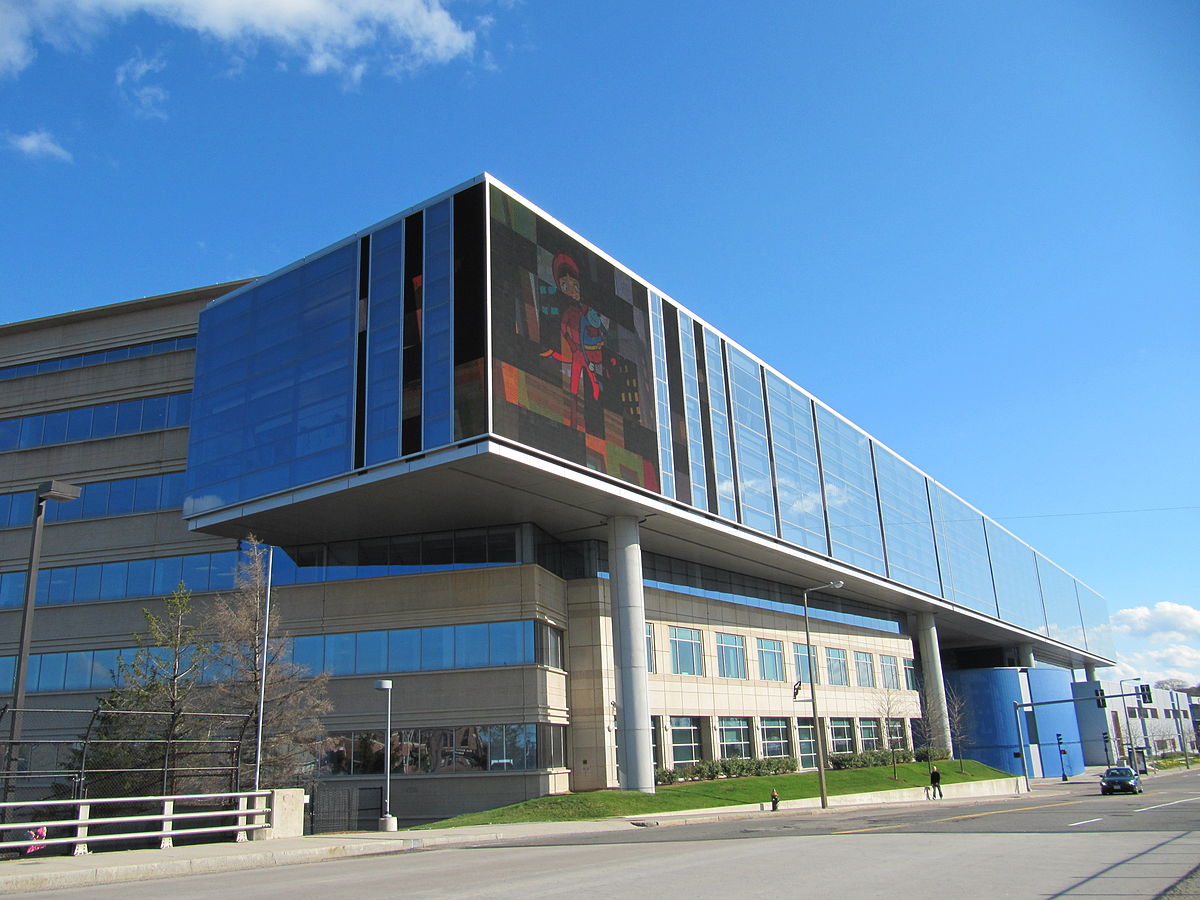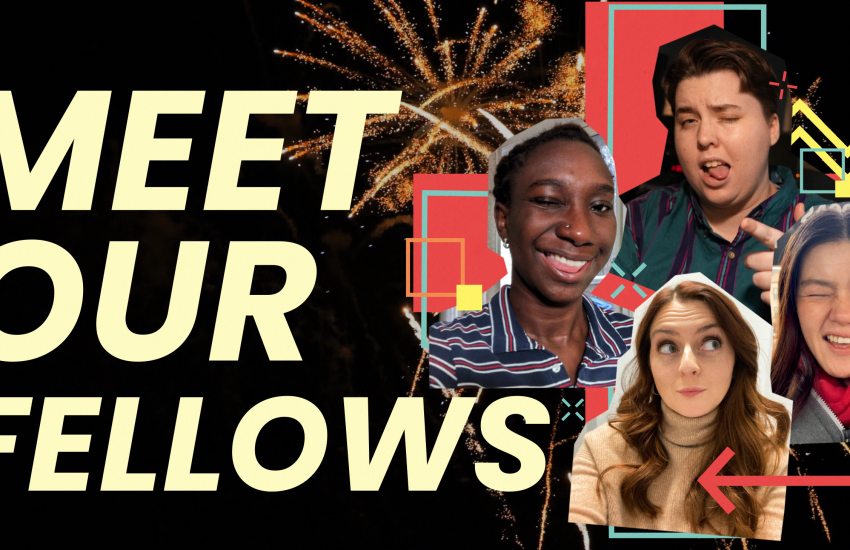Behind the scenes of WGBH’s digital and social media strategy
Over the last few years, Boston-based broadcaster WGBH has been experimenting with ways to boost its digital presence. For a station of its size, that’s not a simple task.
For one, it has to feed content to hundreds of social media platforms. The PBS and NPR affiliate – which serves most of New England but is also recognized nationally for shows like the documentary series Frontline – manages roughly 200 social media accounts, each with its own identity and flair. Take, for example, the non-journalistic Twitter account for the series Masterpiece, which attracts viewers to historical dramas like Grantchester and Victoria. On the news side, shows like Basic Black maintain a requisite presence on Facebook, Twitter and YouTube. PBS Frontline, on the other hand, creates content for a broader array of social media platforms, including Instagram, Tumblr and Giphy.
To manage all those accounts, WGBH employs digital producers and embeds them with individual productions or divisions at the station. WGBH News acts as a larger umbrella account, curating what other productions are creating while also producing their own content for social media.
Storybench spoke to Tory Starr, WGBH’s director of social media, and Laura Colarusso, digital managing editor for WGBH News, about audience building, innovating in local news, and their strategies for social media and digital-first content.
Image quality should be a top priority
“Two-thirds of a post is basically an image. It is not just about the volume, it is about the quality.”
Some of the first things local television stations should think about when concocting a digital strategy are the videos, GIFs and static graphics they are going to use. According to Colarusso, image quality and social media go hand-in-hand.
“So much of social media is image quality driven,” says Colarusso. “Two-thirds of a post is basically an image. It is not just about the volume, it is about the quality. That must be a strong focus, a top priority for any newsroom.”
For that reason, one of her first acts as digital managing editor was hiring a visual journalist with the skillset to create compelling graphics and produce quality video. “I want people who are very visually-oriented. No matter what you are doing social media-wise, those things are key,” she explains.
https://www.instagram.com/p/BS_vA5rjOO-/?taken-by=wgbhnews
How does this work for a specific story? While covering the Boston Marathon this year, for instance, WGBH assigned part of the staff to production of stories specifically tailored for social media. “We had photographers on the ground uploading content in real-time and a designer creating infographics that were social-first that we used on Instagram stories,” says Starr.
Start a conversation with your audience, old and new
WGBH’s investment in digital and social strategies is part of an effort of audience building and reaching new and younger news consumers. But Colarusso also stresses the importance of maintaining, not just starting, conversations.
“If we take a step back and talk about a larger strategy, it is really about trying to let the audience know we are listening to them, trying to get people to tweet at us and ask questions through social media,” says Colarusso, admitting that those interactions then help “shape a little bit [WGBH’s] reporting.”
Would you be insulted if your doctor didn't shake your hand? https://t.co/7U2EatRktX
— GBH News (@GBHNews) June 5, 2017
That focus has yielded thousands of new readers. Over the last year, for example, WGBH News has grown its social media audience from 38,600 to 50,700 fans, says Colarusso. And its social video views, she adds, grew from 1,446 in May 2016 to 13,189 in May 2017.
Live broadcasts can work as exclusives
Colarusso and Starr both consider live video a game-changer. Facebook Live, they say, is “a huge opportunity for deep engagement with fans.” The platform is now a constant thought inside the newsroom and the organization as a whole — to the point that they now publish a calendar of upcoming live broadcastings.
WGBH’s satellite studio at the Boston Public Library is regularly used for live broadcasts, including for extended programming of some shows like Basic Black, for which the newsroom has a multi-camera live video kit.
“Instead of just broadcasting the half-an-hour show, we continue the broadcast on Facebook,” says Starr. “They have another 10- to 20-minute conversation that is a Facebook exclusive and a lot more in-depth. And if I’m a fan, I can respond to what a panelist is saying. If the comment is good enough or relevant, that can be mentioned in the program. This is a really lovely engagement with our fans in a way that we haven’t been able to tackle before.”
https://www.facebook.com/BasicBlackWGBH/videos/1644944298879198/
Experiment with voicemail
Social media is not the only place where WGBH is trying to interact with its audience. Their latest experiment uses SpeakPipe, a tool that allow publishers to “receive voice messages from your audience directly on your website.”
As Colarusso explains, “It is a little widget you put in a story. We are asking people to leave audio for us so we can collate it and put it on the web or maybe on air. It is another example about how we are trying to listen to our audience more and get more feedback and incorporate that into our newsgathering process. We want to create a conversation.”
Photo: WGBH building. Credit: Wikipedia.
- SXSW: ‘Excel is okay’ and other tweet-size insights for data journalists and news nerds - March 17, 2018
- NICAR: Data stories from last year that you could be doing in your newsroom - March 13, 2018
- How to scrape Reddit with Python - March 12, 2018





